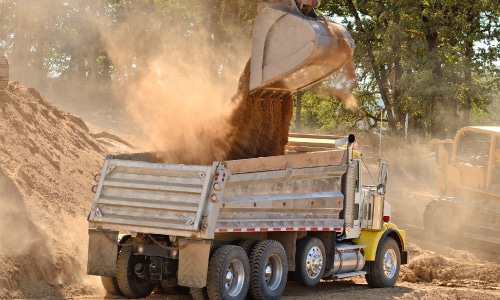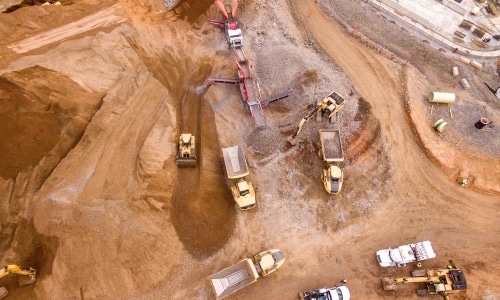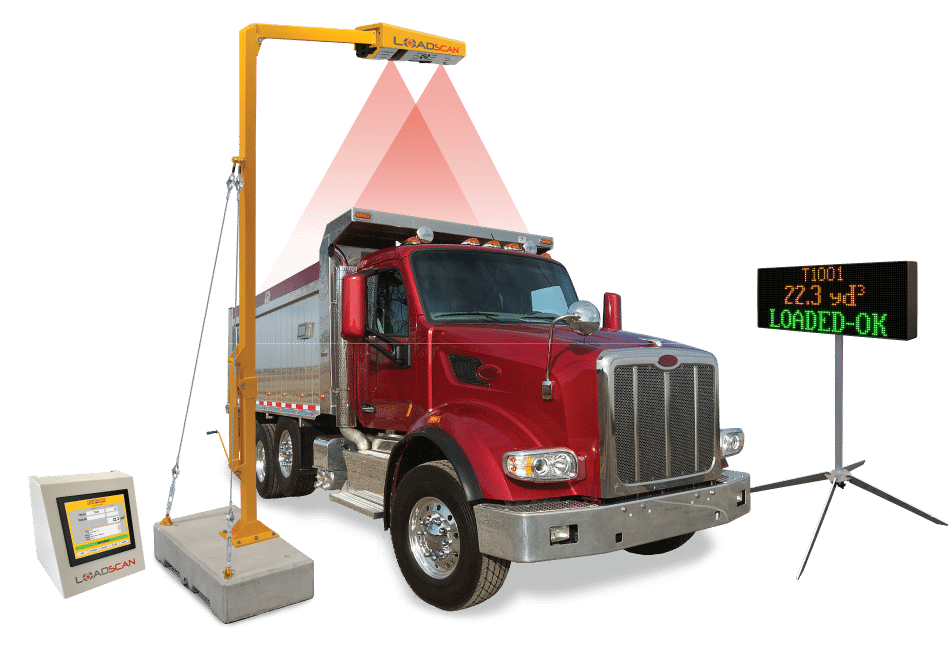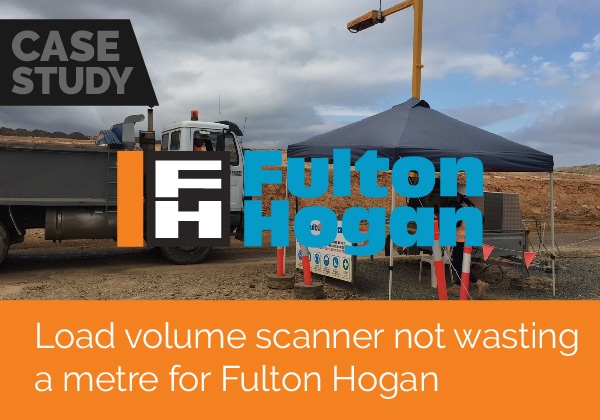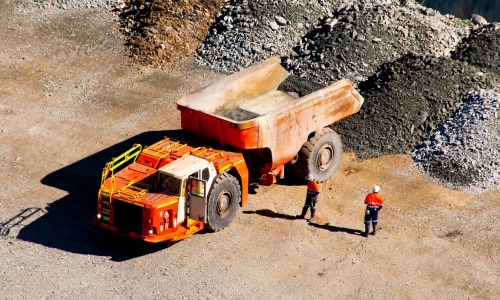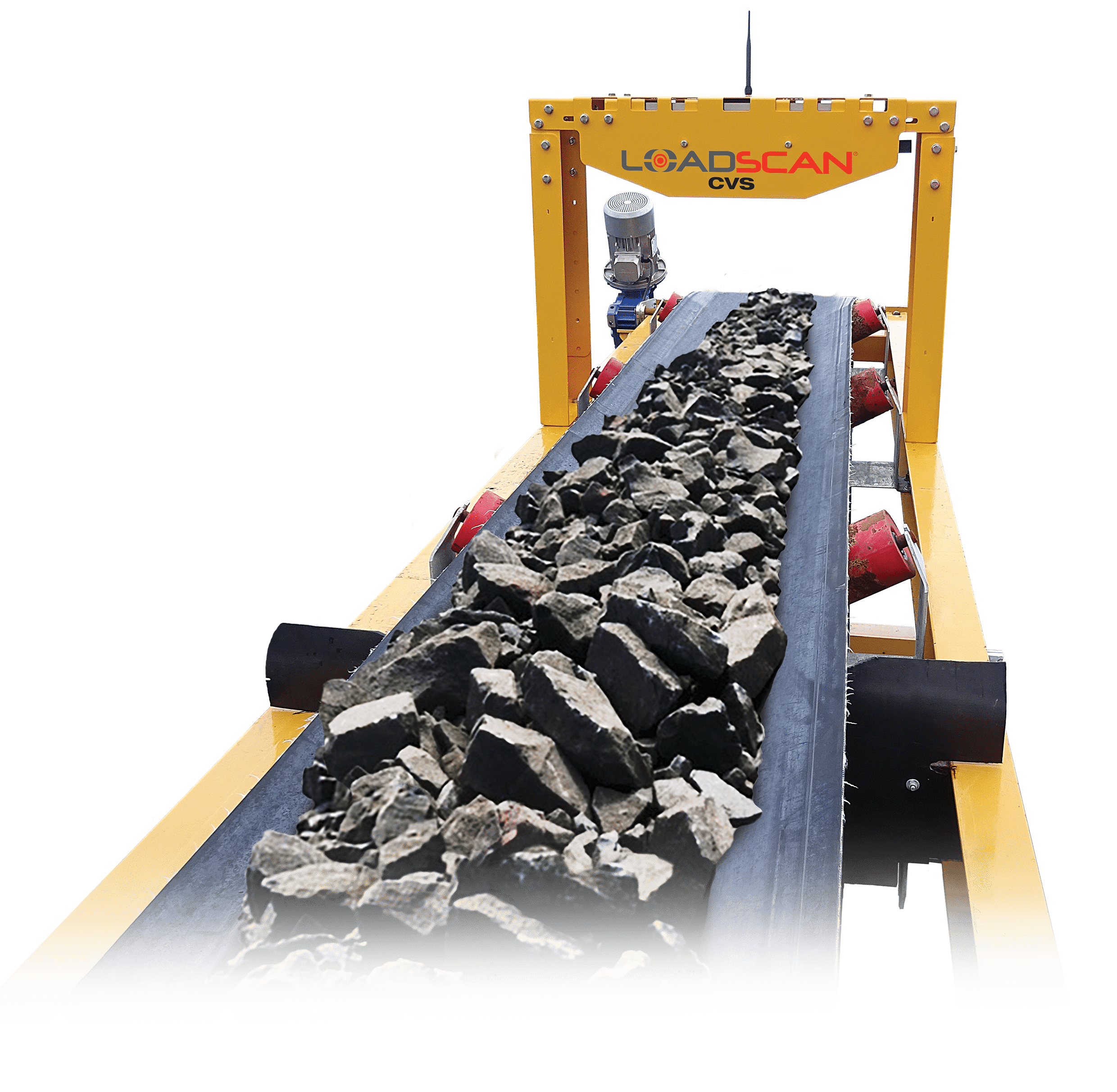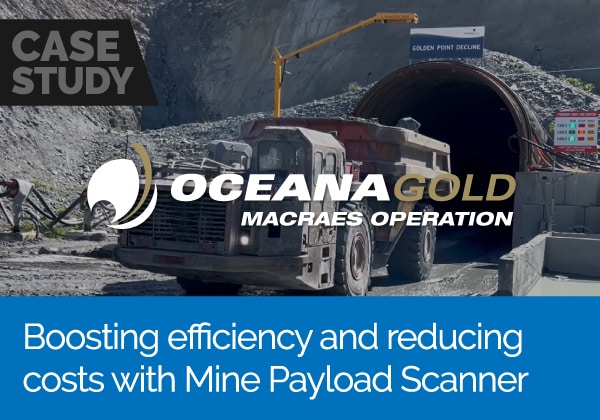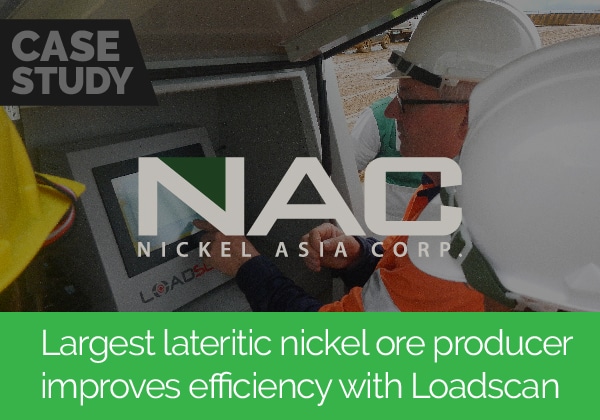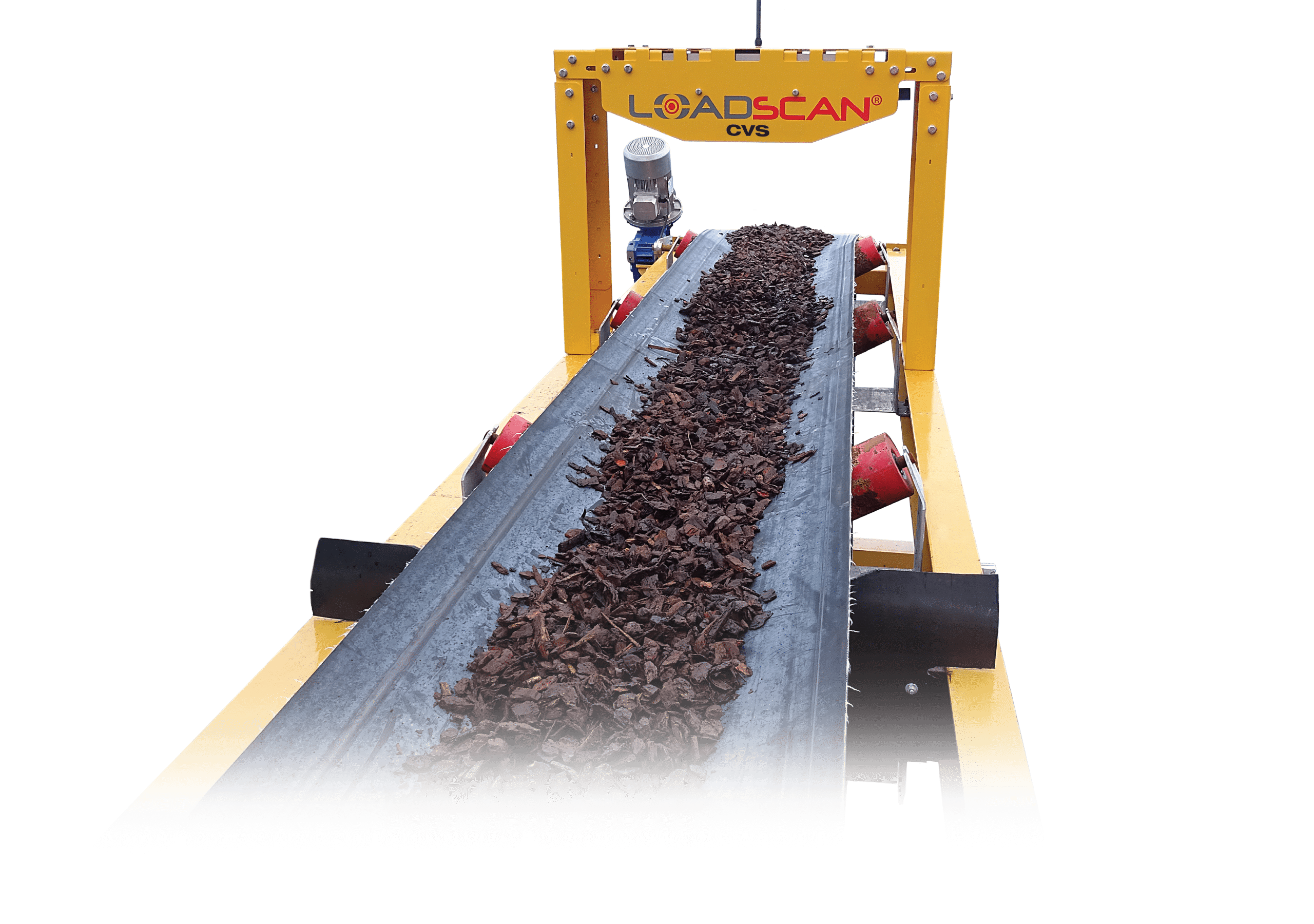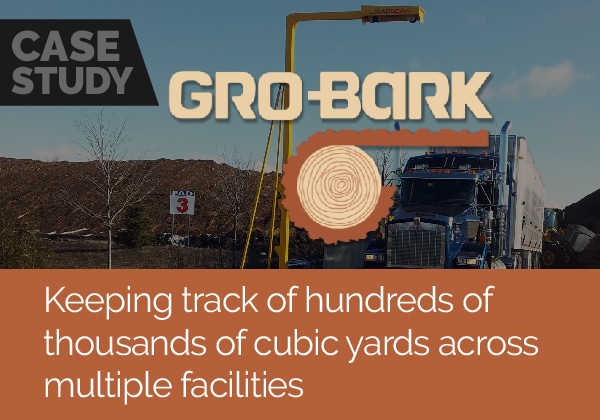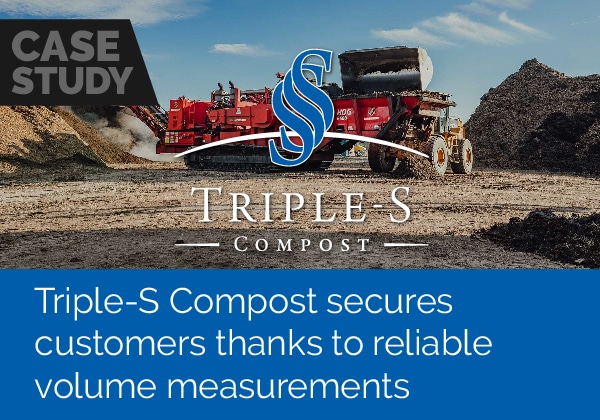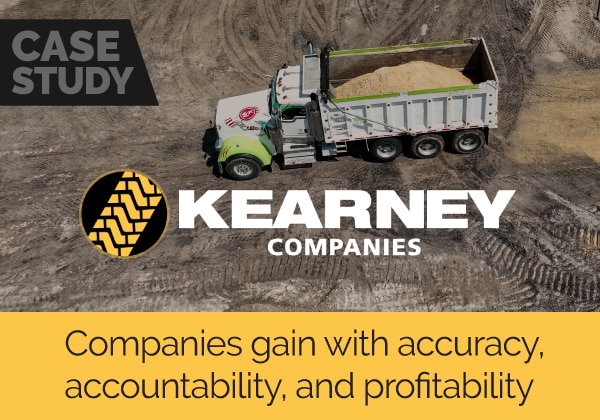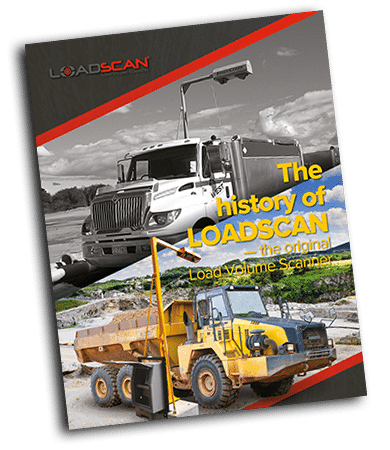How volume scanning reshapes customer relationships Tracking material volumes across multiple sites is a [...]
Truck congestion issue solved with load volume scanner
mproving truck loading efficiency is one of the fastest ways to lift productivity on busy mine and quarry sites. When trucks wait at slow weigh bridges or queue for long periods, the entire operation loses momentum. PT Binas Indo Raya Mine in Indonesia faced this exact problem. To fix it, they installed two Loadscan Load Volume Scanners (LVS) with Overview Software.
Brad, our Product Design Engineer, travelled to Indonesia to complete the setup. The site relied on weigh bridges for load measurement, but these could not keep up with the high truck volume. Slow processing created congestion, long waiting lines, and unnecessary idle time.
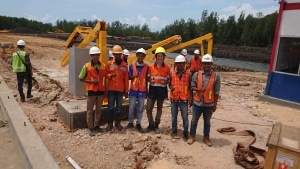
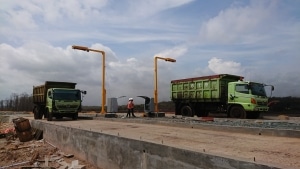
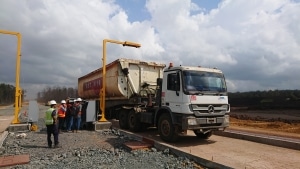
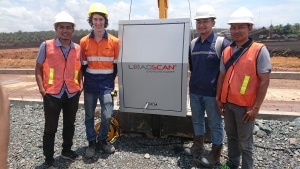
How Loadscan Improves Truck Loading Efficiency
Each truck carries an RFID tag that identifies it as it drives under the scan head. The LVS scans trucks without stopping them, so the fleet keeps moving. The system records accurate volumetric measurements in real time, which helps operators load trucks correctly on every pass.
With the help of a translator, Brad trained the team on how to use the scanners and the Overview Software. They scanned several trucks empty and then scanned them again with full loads. The team could review the results immediately.
Overview Software retrieves measurement records from the scanners and displays them in a simple dashboard. Staff can sort, filter, edit, and export the data straight into Microsoft Excel. This visibility helps them improve loading accuracy, reduce underloading and overloading, and maintain smooth truck flow.
Volumetric scanning gives the mine a clear advantage. It reduces bottlenecks, improves haul truck productivity, and increases overall truck loading efficiency. The operation now moves faster, with fewer delays and more consistent material measurement.
Loadscan continues to support customers around the world. Our team helps mines, quarries, civil contractors, and mulch facilities optimise loading, reduce congestion, and improve site efficiency.


